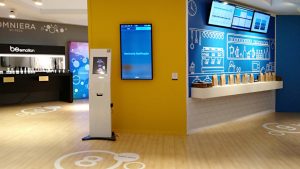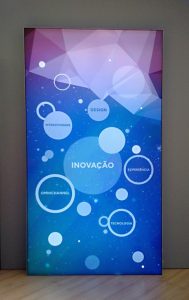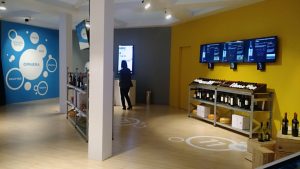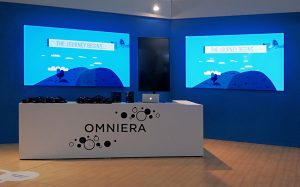Digital technology sees no international borders, and as such, it’s having an impact on our retail design community, as well as consumers around the globe. Whether in San Francisco or São Paulo, experience design is having a wholesale effect on the way firms work and position themselves.
It was apparent during the recent Summer Olympic Games in Rio de Janeiro, where the opening and closing ceremonies were heavily influenced by digital projections. Without digital, the “show” simply would not have been the same. The ability to tell stories and influence the mood of the audience was inspiring, fun to watch and was also what motivated viewers to take to Twitter or other social media and chat about the experience.
I’m a frequent visitor to Brazil, and over the years, I’ve been impressed with digital executions in its financial and retail sectors. In fact, the Retail Design Institute (RDI) awarded a São Paulo-based retail wine concept called Mistral a top award several years back, and I’m still talking about the example in my lectures. Mistral was among the first to incorporate touch walls and Microsoft Surface tables to educate its clients about the product offerings, without overshadowing the wine itself.
During my recent trip to São Paulo, I was impressed with a conversation I had with Manoel Alves Lima of FAL Design Estratégico (São Paulo), also a past speaker at the International Retail Design Conference (IRDC) in 2014. FAL is considered one of the top retail design firms in Brazil and now places “digital” on par with “design,” especially when creating selling spaces.
Our conversation centered around a “store of the future” that FAL created at the Latam Retail Show, one of the largest conferences focusing on retail in Latin America. The store was called OmniEra and was an approximately 4000-square-foot space intended to mimic a department store customer journey.
From beauty products to fashion to home goods, OmniEra showcased a curated tech experience that demonstrated interaction in mobility and digital elements, such as signage and self-checkout.
The experience began with a brief video that showcased the importance of well-designed content with crafted messaging. Upon entry, the visual communications, coupled with visual merchandised elements, immediately shifted the attendee from “trade floor mode” to that of a customer. “Selling and experiencing digital from the customer’s perspective was paramount to this year’s concept,” said Alves Lima.
OmniEra visitors then experienced demonstrations from leading omnichannel firms to see how their solutions were experienced by consumers, including how the environment’s aesthetic design works in unison with the technology.
During this curated experience, attendees were encouraged to imagine the journey from two additional perspectives. First, as a salesperson, to see how these digital tools move customers toward a sale. Second, to imagine how management sees these tools as part of a reporting platform to drive the metrics that inform merchandising and layout schemes.
As the journey unfolded, we moved into the mock store’s home department, where it struck me that the lighting and environmental graphics were as much at play as the digital elements, which was critical to maintaining a balance. It made me see OmniEra as more than just a futuristic prototype, but as an important tool to remind us that store environment design is alive and well, even in this digital age.
Alves Lima and I discussed Brazilian brands and the balance between technology and design, and how his firm was evolving in its local market.
FAL, like other firms, is being challenged by its clientele to have a point-of-view on digital. Going to shows like the NRF’s Big Show or Retail’s Digital Summit, as well as Latam, has become an essential part of the practice. “Seeing the technology players and understanding the utilization of this technology is as important as understanding LED resources and trends,” Alves Lima said.
Championing projects like OmniEra is what pushes a firm to learn and understand before telling its clients, “we get digital.” If you want to be in the business of creating store prototypes, you have to be a leader and venture into technology “zones” where the learning curve is steep. If you can’t offer new insights, you become a commodity player.
Another trend I’ve seen is the shift in companies’ staffs and hiring needs. Digital is creating a renaissance of sorts in the environmental graphics department, for instance. (Many firms tell me that graphic design is a growth sector, due to the pairing of classic design with user experience, or UX, and the specialization required.)
Content strategy and design are key parts of the offers design firms are selling to their clientele. Some are partnering with specialty firms, while others are building internal teams capable of delivering the visual points of the digital experience. In short, without great content, there is no experience.
As we near the end of the year and look forward to the growing possibilities of 2017, there probably isn’t a more important time to reflect on how you’re solidifying your strategy to deliver retail design and digital experiences that honor your firm’s positioning and voice.
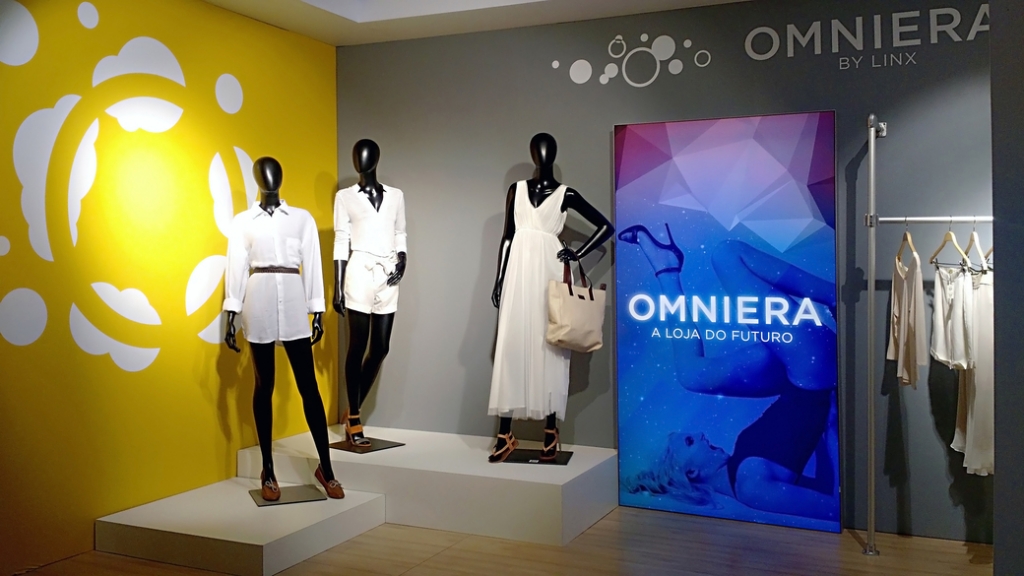

 Photo Gallery3 days ago
Photo Gallery3 days ago
 Headlines1 week ago
Headlines1 week ago
 Sector Spotlight2 weeks ago
Sector Spotlight2 weeks ago
 Headlines1 week ago
Headlines1 week ago
 Headlines4 days ago
Headlines4 days ago
 Headlines2 weeks ago
Headlines2 weeks ago
 Designer Dozen1 week ago
Designer Dozen1 week ago
 Headlines2 days ago
Headlines2 days ago

